If you want to know about the water supply requirements for buildings or rainwater harvesting system or types of floor finishes, please click the link.
Terminology refers to the language or specialized vocabulary used in a particular field or industry. In the pumping system, there are several technical terms and jargon used to describe various components, processes, and operations.
A pumping system is a mechanical device used to transfer fluids from one point to another. It typically consists of several components such as pumps, pipes, valves, motors, and control systems.
1) Terminology
i) Fittings
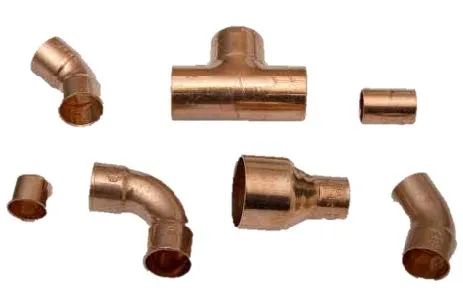
- A fitting is used in pipe systems to connect straight pipe or tubing sections, adapt to different sizes or shapes and for other purposes, such as regulating fluid flow.
ii) Valves

- A valve is a device that regulates, directs or controls the flow of a fluid (gases, liquids, fluidized solids) by opening, closing, or partially obstructing various passageways.
iii) Line valve
- These are of two types:
a) Silice / Gate / Stop Valve
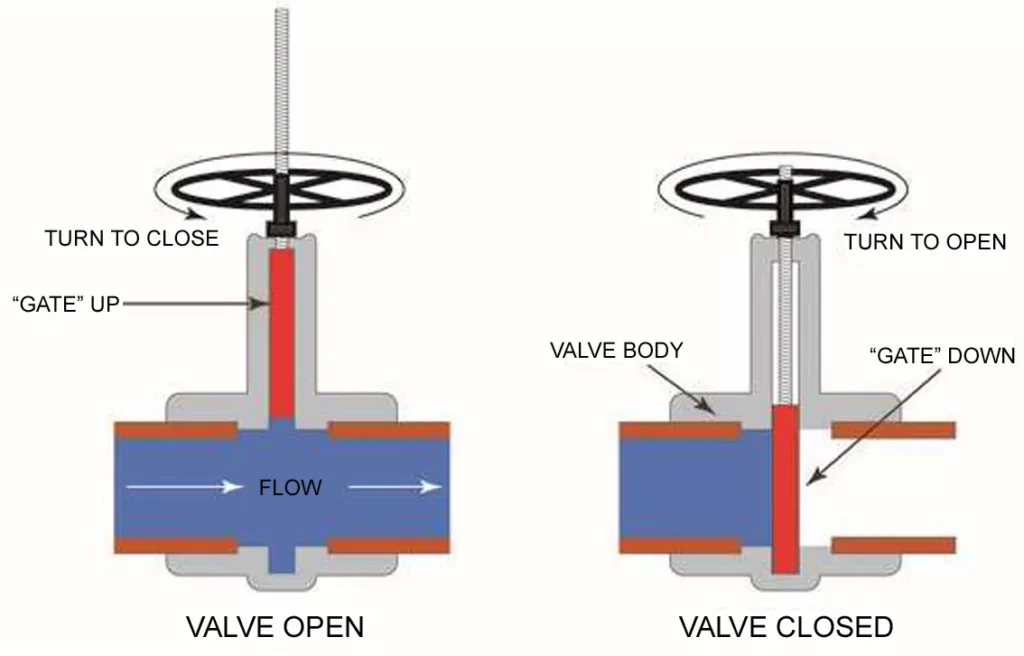
- These are normally placed at the junctions.
- Useful for dividing water mains into sections.
- These are made up of cast iron, brass, bronze or stainless steel mounting
- These valves are cheaper and offer less resistance to the flow of water than the other valves.
b) Globe valve
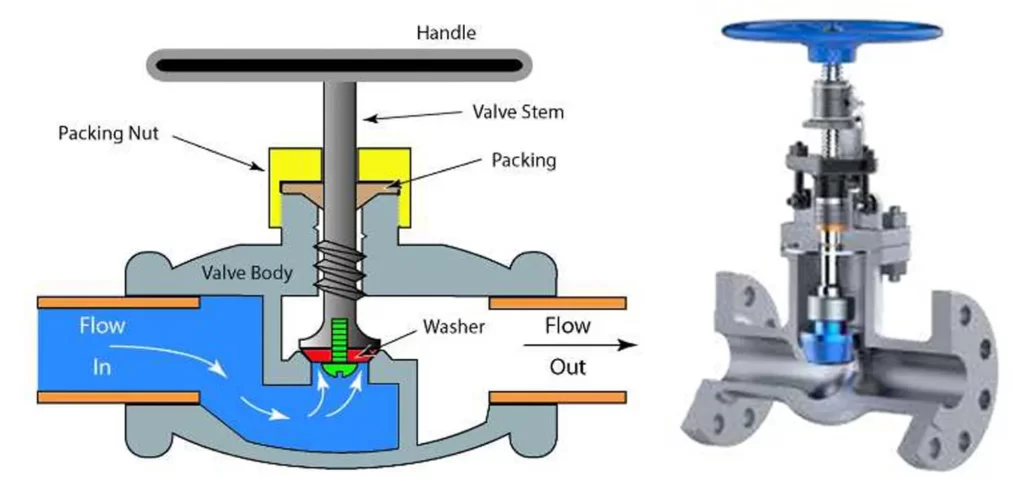
- Normally made up of brass.
- Used to control flow of water to wash basins, shower, kitchen sinks etc. to shut off water supply completely.
- It is useful for high pressure system.
iv) Scour valve
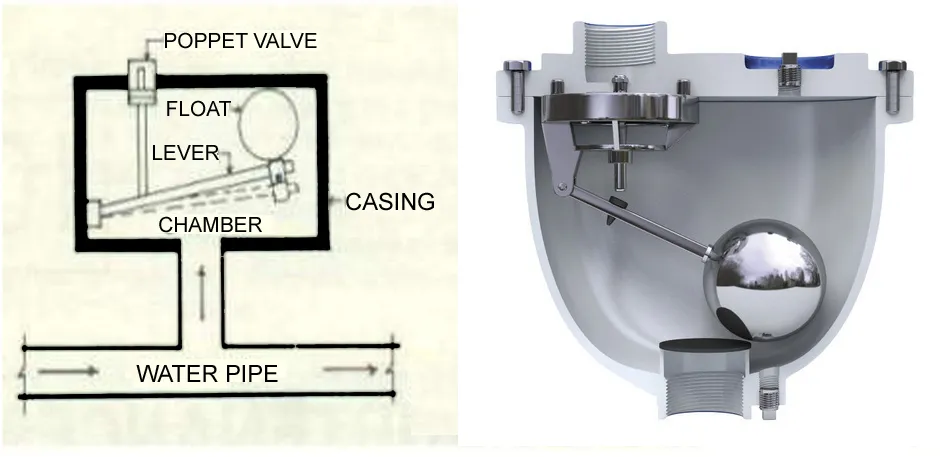
- Placed at dead-ends and at lowest point to washout the sand or silt deposited in the water pipe.
- They are used to clean pipelines.
- also known as washout valves.
v) Air valve
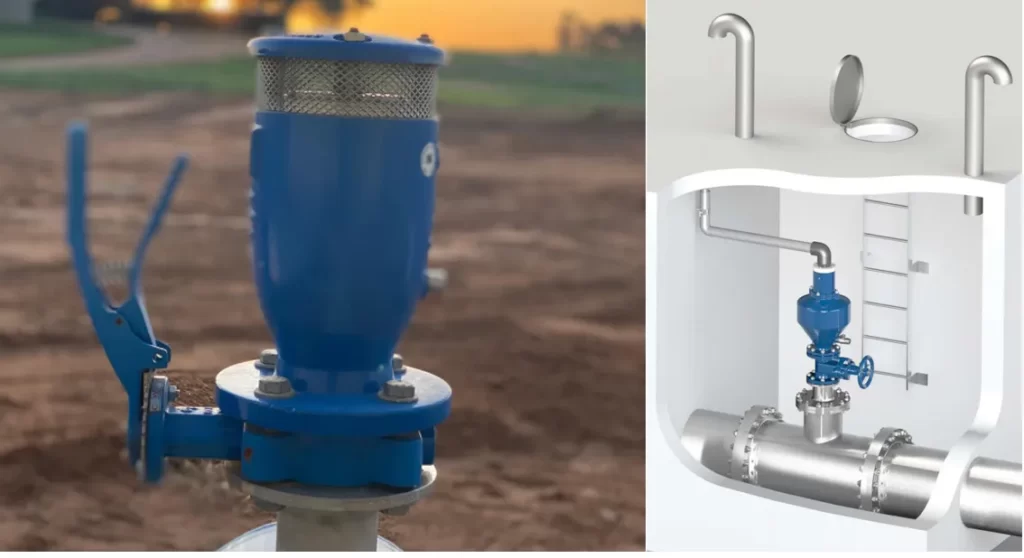
- A device for controlling the flow of air in a pipe. Placed at the highest points in the system to expel the accumulated air in order to prevent from bursting of pipes.
- It also introduce air into a line automatically if the internal pressure becomes less than that of the atmosphere. These valves are automatic in action.
vi) Relief valve
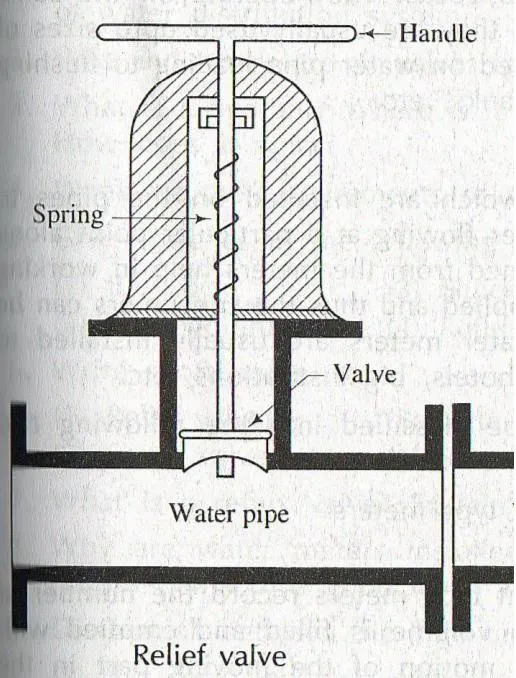
Relief / safety valve
- Located wherever the pressure is maximum, relieves pressure.
- Operates automatically.
vii) Reflux valve

Reflux valve / non return / check valves
- Placed on the delivery side of the pump to prevent the back flow of water.
- Operates automatically.
viii) Fire hydrants
Hydrants
- These devices are used for tapping water from mains for fire extinguishing, street washing, watering gardens, flushing sever lines etc.
- These are generally provided at the junctions of the roads at 100-300m apart along the road.
- Fire hydrants are of two type:
a) Flush hydrants

- These are provided below footpath or street level. These are covered with cast iron or brick masonry. So these are difficult to detect.
b) Post hydrants

- these are 1 to 2 M projected above ground level. So these are easily detectable but they are open for damage.
ix) Taps
- These are two types:
- Bib cock
- Stop cock
Bib cock
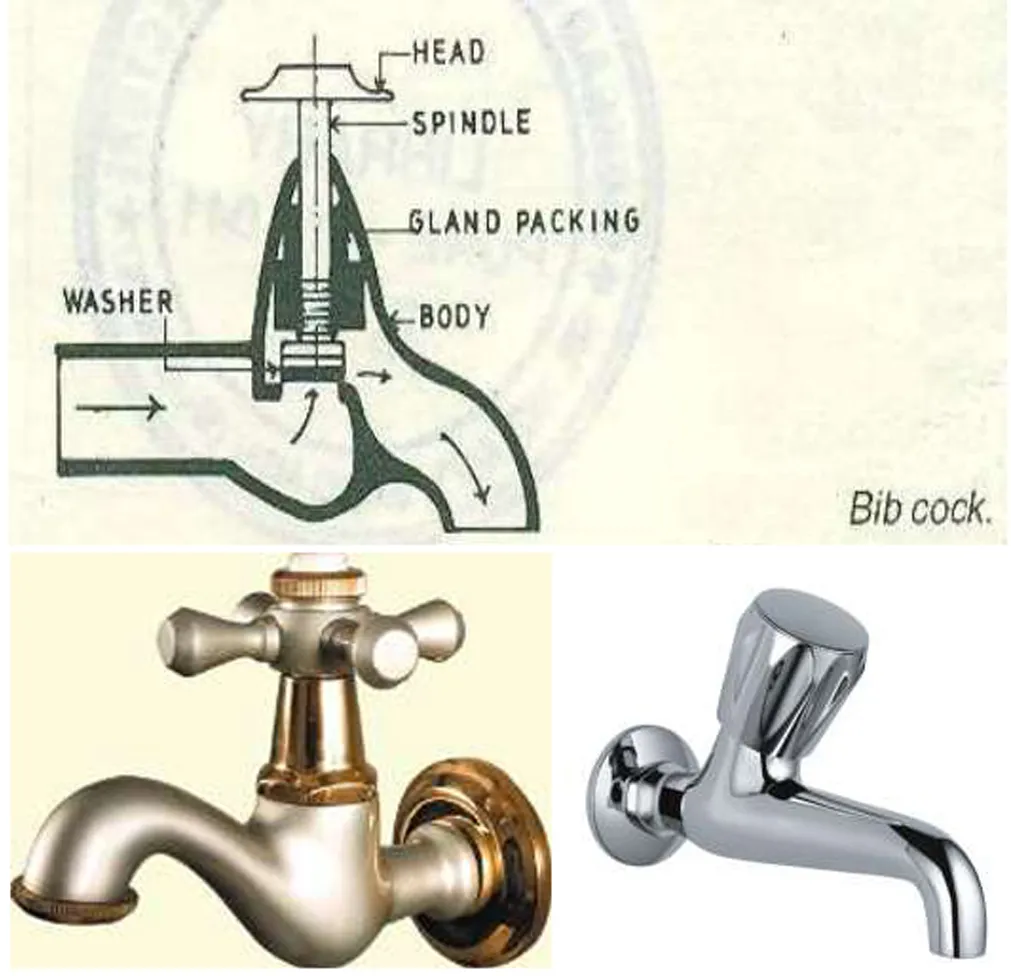
- It is provided at the end of the water pipe to draw off the water from the pipe.
- It has horizontal inlet so fixed on water line at vertical surface or walls, used as bathroom taps, etc.
- It is normally a screw down type and opens in an anticlockwise direction.
Stop cock
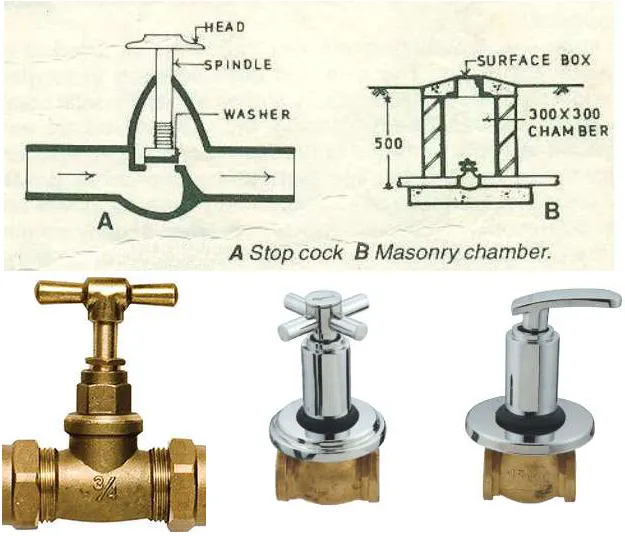
- Stop cocks are used to completely shut-off the flow of water to a fixture.
- It is a screw down type and opens in an anticlockwise direction. This is used to control the flow of water entering the tap.
- Fixed before the taps of wash basin, sink, flushing cisterns.
These are of two types:
- Inlet & outlet on the same direction
- Outlet at right angle to inlet also known as “angle valve”.
x) Float valve
- Installed in storage tank and flushing cistern at the inlet to shut-off the supply automatically when the predetermined/ required level is reached.

- Butterfly valve
- Proxy valve: Placed at urinals, electronic valve operates automatically with photo sensitive cells.
- Flush valve: Placed in WC where flushing cistern are not used.
xi) Storage capacity
Storage tanks
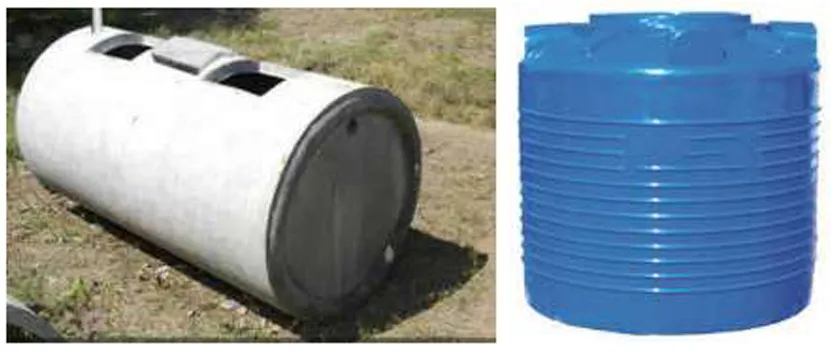
- Water supply in most of the areas is intermittent, so as to meet the shortage and demand of water supply at peak period and other periods, storage tanks are built.
Materials used
- R.C.C Tanks
Advantages-
- More durable than plastic tanks.
- Easy to clean and provides better insulation than plastic.
Disadvantages-
- Due to expansion and contraction, cracks can develop, which can cause leaks.
- Repair is expensive, more heavy.
- Plastic tanks
- Glass-reinforced plastic, thermoplastic and Polyethylene.
Advantages-
- Leak and Corrosion resistant, more hygienic
- Light weight, portable, easy to carry.
Disadvantages-
- Difficult to clean.
- Poor insulation as compared to R.C.C.
xii) Underground storage tank
- These are used for underground storage of potable drinking water, wastewater, & rainwater collection. Underground storage tanks should be constructed to meet the following requirements:
- Tanks should be watertight.
- Care should be taken to prevent ingress of sub-soil water into the tanks.
- Adequate precautions should be taken to prevent surface water from finding its way into the tanks.
- Care should be taken to avoid any backflow of surface waters or drains into the tanks through overflow pipes.
- Underground tanks should not be located in low lying areas near septic tanks, soak pits, oil tanks, parking lots areas where there is a risk of water being polluted.
- Underground tanks should not be located in low lying areas near septic tanks, soak pits, oil tanks, parking lots areas where there is a risk of water being polluted.
- Tanks should be provided with suitable scour pipe of adequate size to remove sediment and to allow the line to be drained for maintenance and repair work.
- Tanks should be provided with at least one vent pipe for area not exceeding 20 m2.
xiii) Overhead storage tank
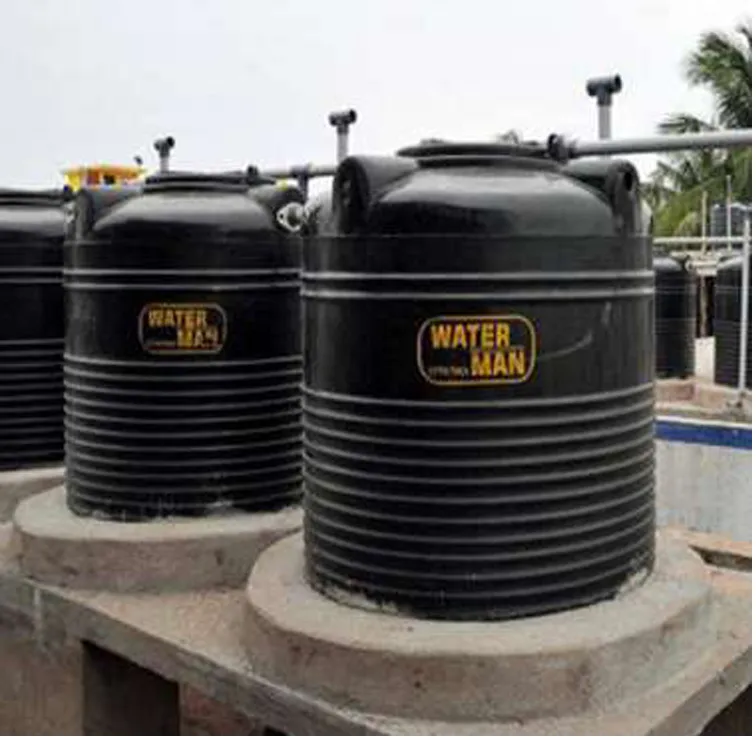
- The structure should be designed to carry the load of tank and water.
- The tank should be at least 600 mm above the terrace level.
- In case mild steel tanks or G. I. sheet tanks are used, care should be taken to prevent corrosion.
- Tanks should be painted inside with suitable anti-corrosive non-toxic paint. Tanks may by painted from out side with enamel or ready mix paint. Galvanized tank need not be painted.
- Adequate fencing or parapet should be provided for security.
- Suitable lightening arrestors should be provided for the tanks, where necessary.
2) Pumping system
Pumps
- Pumps in water supply system are necessary for pumping out and lifting water to higher level and boosting the pressure in the distribution network.
- It should be designed in such a way that if the first pumps fails to meet the demand, then the second pump will go in operation until the demand is met. One additional stand by pump shall always be provided.
- The selection for capacity of pump depends on the depth of water on the suction side and the pumping head on the delivery side as well as the quantity of water.
- In areas with power supply available in limited hours, the pumping rate may be correspondingly increased.
Pumps can be classified according to their use :
- Booster Pump
- Lift Pump
- Jet Pump
- Submersible Pump
- Multistage Booster Pump
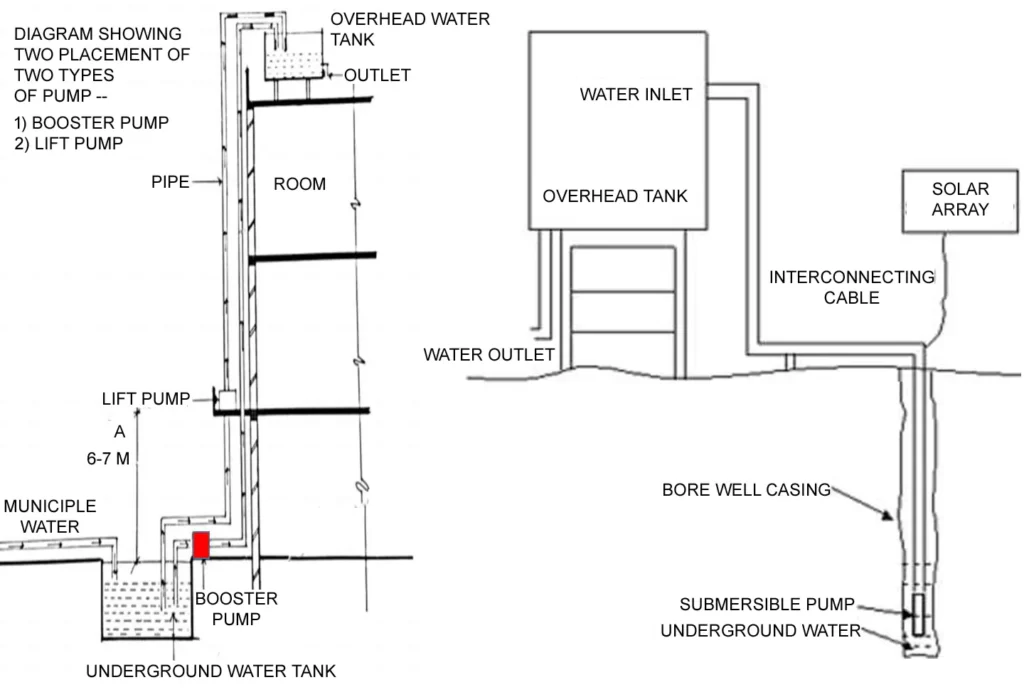
i) Booster Pump
- These are domestic pumps normally used to increase or boost line pressure or municipal water-supply. They does not suck water, it only pumps water fed to it.
ii) Lift Pump
- These pumps are used to lift water from underground tank to overhead tank and can be placed at upper floors as well. It can lift water from a level 6 to 7 m below the level of the pump.
iii) Jet Pump
- These pumps can be used for pumping water from deep wells with a capacity of about 50 litres per second. It can lift water up to a height or 10-15 m and can suck water up to the depth of 30m.
iv) Submersible Pumps
- These pumps are used for deep wells and also for irrigation and drinking water.
v) Multistage booster Pump
- These pumps are used in multi-storied buildings or where high had is required.
3) Pipes for plumbing in India
- Galvanized iron pipes are most commonly used for house plumbing work. Polyethylene and PVC pipes are also used nowadays.
- Lead, brass and copper pipes are also to be mentioned but these are not generally used. Lead piping shall not be used to convey domestic water supply as most of the waters in India are plumbo-solvent and are liable to cause lead poisoning.
- Lead piping may, however, be used for flushing and overflow pipes. It is liable to corrosion on contact with fresh cement mortar or concrete and shall be protected by wrapping with a protective material which will also permit movement due to expansion and contraction.
- Copper pipes may be used particularly in hot water installations, provided water is not capable of dissolving an undue amount of copper.
4) GI Plumbing Pipes & Fittings
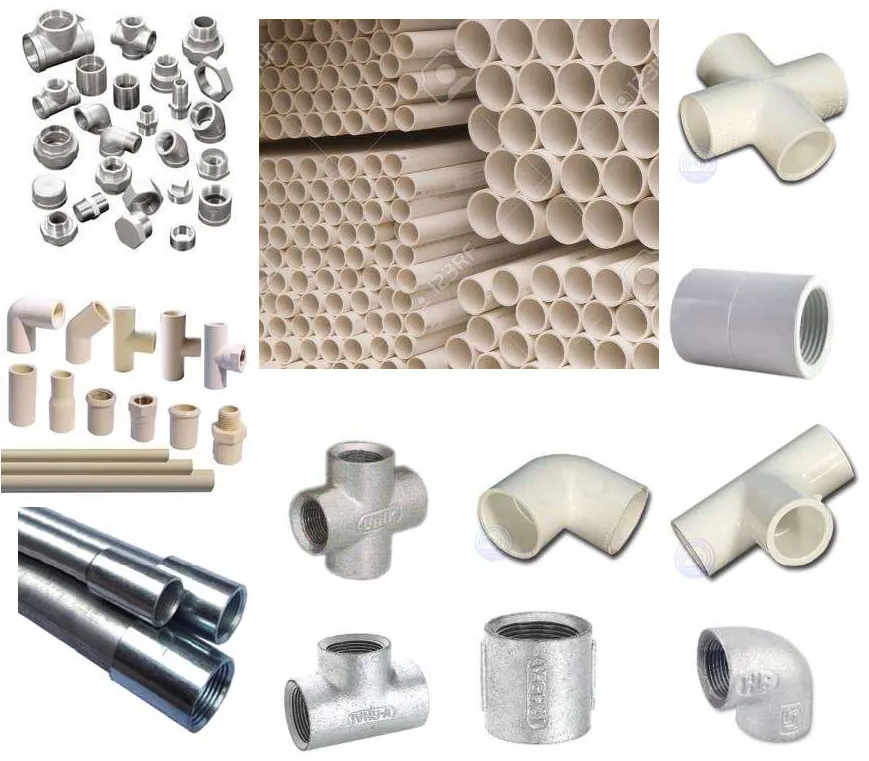
5) CPVC Plumbing Pipes & Fittings

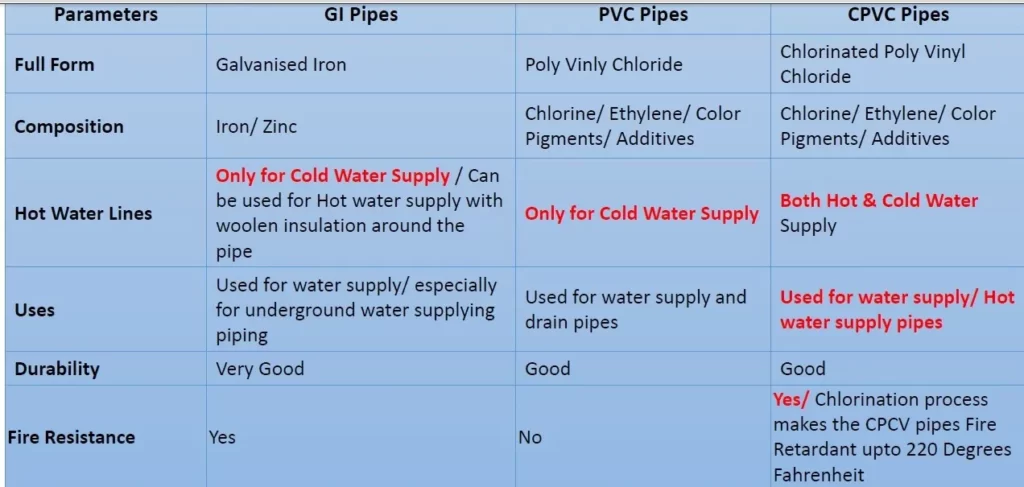
Understanding the terminology in the pumping system is essential for proper operation, maintenance, and troubleshooting of the system.